Benefits of Stem Cell Therapy for Shoulder Pain in Mexico
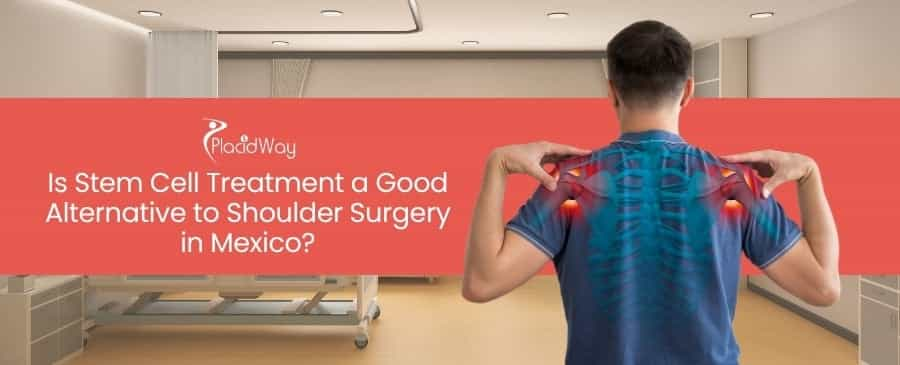
If you're dealing with persistent shoulder pain or an injury that's impacting your daily life, you've likely explored various treatment options. For many, shoulder surgery seems like an inevitable path, but the idea of a lengthy recovery and invasive procedure can be daunting. This often leads people to look for less invasive alternatives, and regenerative therapies like stem cell treatment have gained significant attention, especially in places like Mexico where they are often more accessible and affordable.
The thought of avoiding surgery while still finding lasting relief is appealing. In this blog post, we'll dive deep into whether stem cell treatment for shoulder issues in Mexico is a viable and good alternative to traditional surgery. We'll explore how it works, what conditions it can address, its safety, cost, and what you should consider if you're thinking about medical tourism for this innovative treatment. Let's find out if this regenerative approach could be the solution you've been searching for to get your shoulder back in top form.
What is Stem Cell Treatment for Shoulders and How Does it Work?
Stem cell treatment for shoulder pain is a form of regenerative medicine designed to help the body heal itself. Unlike traditional surgery, which often involves cutting into tissue to repair or remove damaged parts, stem cell therapy aims to regenerate and repair tissues at a cellular level. The process typically begins by harvesting stem cells, often from your own bone marrow or adipose (fat) tissue, though umbilical cord or placental tissue-derived cells are also used.
Once harvested, these stem cells are processed to concentrate them and then carefully injected into the injured or degenerated area of your shoulder. These cells possess unique properties: they can differentiate into various types of cells (like cartilage, tendon, or bone cells), reduce inflammation, and release growth factors that encourage tissue repair and regeneration. This natural healing process can lead to significant pain reduction and improved shoulder function over time.
The goal is to provide a biological boost to the body's natural healing capabilities, addressing the root cause of the pain rather than just masking symptoms. For many, this non-surgical approach offers a chance to avoid the risks and lengthy recovery associated with invasive surgical procedures.
What Types of Shoulder Conditions Can Stem Cell Therapy Treat in Mexico?
Stem cell therapy is increasingly recognized for its potential in treating a wide array of orthopedic conditions, particularly those affecting the shoulder joint. Many patients seeking alternatives to surgery for chronic shoulder pain find that stem cells can target the underlying tissue damage. The regenerative properties of these cells make them suitable for conditions characterized by inflammation and tissue degeneration.
Common shoulder issues that may respond well to stem cell treatment include:
- Rotator Cuff Tears: Partial tears of the tendons surrounding the shoulder joint. Stem cells can help promote healing and strengthen the damaged tissue.
- Osteoarthritis of the Shoulder: Degeneration of cartilage within the shoulder joint. Stem cells can reduce inflammation and potentially regenerate cartilage.
- Tendinitis (e.g., Bicep Tendinitis, Supraspinatus Tendinitis): Inflammation of tendons in the shoulder. Stem cells can help reduce inflammation and repair damaged tendon fibers.
- Labral Tears: Tears in the cartilage rim (labrum) surrounding the shoulder socket. Stem cell therapy can aid in the healing process of these tears.
- Bursitis: Inflammation of the bursa, fluid-filled sacs that cushion the shoulder joint. Stem cells can help reduce inflammation and alleviate pain.
- Chronic Shoulder Pain: Persistent pain where conservative treatments have failed, and surgery is not desired or recommended.
It is important to note that while stem cell therapy shows promise, its effectiveness can vary depending on the severity and specific nature of the condition. A thorough evaluation by a qualified physician is crucial to determine if you are a suitable candidate for this treatment.
What is the Cost of Stem Cell Therapy for Shoulders in Mexico Compared to Surgery?
One of the primary reasons many individuals consider medical tourism to Mexico for treatments like stem cell therapy is the significant cost savings. The financial burden of shoulder surgery in countries like the United States can be substantial, often ranging from $20,000 to $50,000 or more, depending on the complexity of the procedure, hospital fees, anesthesia, and post-operative care. This cost can be prohibitive, especially for those with high deductibles or limited insurance coverage.
In contrast, stem cell treatment for shoulder pain in Mexico typically ranges from approximately $5,000 to $15,000 per treatment, sometimes more for complex cases or multiple treatments. This cost usually includes the consultation, the harvesting of cells, processing, and the injection itself. The lower operational costs, competitive medical market, and favorable exchange rates in Mexico contribute to these more affordable prices without necessarily compromising quality of care.
When comparing costs, it's essential to consider not just the upfront procedure price but also potential hidden costs. For surgery, this includes physical therapy, medication, and time off work. For stem cell therapy, travel and accommodation expenses for your stay in Mexico should also be factored in. Despite these additional travel costs, the overall expenditure for stem cell treatment in Mexico often remains considerably lower than surgical options back home, making it an attractive option for budget-conscious patients.
Is Stem Cell Therapy for Shoulder Pain Safe in Mexico?
The safety of stem cell therapy in Mexico is a common and valid concern for patients considering medical tourism. Generally, when performed by qualified medical professionals in reputable clinics, stem cell therapy can be a safe procedure, particularly when using autologous stem cells (cells derived from the patient's own body). This significantly reduces the risk of allergic reactions or rejection. Mexico has several clinics that adhere to international medical standards and employ experienced physicians.
However, like any medical procedure, there are inherent risks, and not all clinics operate with the same level of oversight or expertise. Potential risks, though generally low, include infection at the injection site, localized pain, and minor bleeding or bruising. More serious complications are rare but can include nerve damage or adverse reactions to anesthesia if used during the cell harvesting process. It is crucial to thoroughly research and choose a clinic that:
- Has board-certified doctors with specific experience in regenerative medicine.
- Utilizes sterile environments and proper medical protocols.
- Offers transparent information about the source of stem cells and the treatment process.
- Provides clear communication about potential risks and expected outcomes.
By selecting a well-regarded clinic, you can significantly mitigate potential risks and ensure a safer treatment experience for your shoulder pain.
What is the Recovery Time for Stem Cell Treatment Versus Shoulder Surgery?
One of the most appealing aspects of stem cell treatment as an alternative to shoulder surgery is the significantly shorter and less demanding recovery period. After a stem cell injection, patients typically experience minimal downtime. Most individuals can resume light daily activities within a few days, though strenuous exercise and heavy lifting are usually restricted for several weeks to allow the healing process to begin effectively.
The actual healing and regeneration process initiated by the stem cells takes time, with gradual improvements in pain and function often observed over weeks to several months. Patients might be advised to follow a specific rehabilitation protocol, but it is generally far less intensive than post-surgical physical therapy. The aim is to support the body's natural healing rather than recover from an invasive procedure.
In stark contrast, shoulder surgery, such as rotator cuff repair or total shoulder replacement, involves a lengthy and often challenging recovery. This typically includes:
- Immobilization: The shoulder is often kept in a sling for 4-6 weeks to protect the repair.
- Pain Management: Significant post-operative pain requiring medication.
- Physical Therapy: An intensive regimen of physical therapy starting after immobilization, lasting for several months, crucial for regaining strength and range of motion.
- Full Recovery: It can take anywhere from 6 months to a full year, or even longer, to achieve maximum recovery and return to pre-injury activity levels.
The reduced recovery time and less invasive nature of stem cell treatment make it an attractive option for those who wish to avoid prolonged periods of incapacitation and extensive rehabilitation.
Are Mexican Clinics Offering Stem Cell Therapy for Shoulders Reputable?
Mexico has emerged as a popular destination for medical tourism, including advanced treatments like stem cell therapy. The country boasts a growing number of highly reputable clinics and hospitals, particularly in cities like Tijuana, Cancun, Guadalajara, and Monterrey, that offer cutting-edge regenerative medicine. Many of these facilities employ US-trained or internationally certified physicians who are specialists in orthopedics and regenerative medicine.
These reputable clinics often operate under strict protocols for patient safety and treatment efficacy, sometimes even exceeding local regulations to meet international benchmarks. They typically utilize state-of-the-art equipment for cell processing and administration, ensuring the quality and viability of the stem cells used. However, as with any emerging field and cross-border healthcare, it's essential for patients to exercise due diligence.
To ensure you choose a reputable clinic, look for:
- Accreditation: Clinics with international accreditations (e.g., from Joint Commission International JCI or similar bodies) often signify high standards of care.
- Physician Credentials: Verify that the doctors are board-certified, have specialized training in regenerative medicine, and extensive experience with shoulder conditions.
- Transparency: Reputable clinics will be open about their cell sources (autologous vs. allogeneic), processing methods, and treatment success rates.
- Patient Reviews and Testimonials: Look for consistent positive feedback from previous patients.
- Legal and Ethical Practices: Ensure the clinic operates within the legal framework for stem cell therapy in Mexico and adheres to ethical guidelines.
By carefully vetting your chosen provider, you can confidently access high-quality stem cell treatment for your shoulder in Mexico.
What Should I Consider When Choosing a Stem Cell Clinic in Mexico for Shoulder Treatment?
Selecting the right stem cell clinic in Mexico is a critical step for a successful shoulder treatment experience. With many options available, a thoughtful approach will help you make an informed decision. Beyond the cost, several factors contribute to a clinic's reliability and the quality of care you will receive.
Key considerations include:
- Physician Expertise and Specialization: Ensure the doctor administering the treatment is a specialist in orthopedics or regenerative medicine with significant experience treating shoulder conditions using stem cells. Inquire about their training, certifications, and track record.
- Clinic Accreditation and Facilities: Look for clinics that are accredited by recognized international or national health organizations. Evaluate the cleanliness, modernity, and safety standards of their facilities. State-of-the-art equipment for cell processing is also a good indicator.
- Source of Stem Cells: Understand whether the clinic uses autologous cells (from your own body) or allogeneic cells (from donors, often umbilical cord or placental tissue). Both have different implications for safety and potential efficacy. Autologous cells generally have a lower risk of immune reaction.
- Treatment Protocols and Transparency: A reputable clinic will clearly explain their specific treatment protocol, including cell harvesting, processing, and injection techniques. They should be transparent about expected outcomes, potential risks, and the scientific basis for their approach.
- Patient Support and Aftercare: Inquire about follow-up care, rehabilitation recommendations, and how the clinic supports international patients, including language assistance and logistical support. Comprehensive aftercare is vital for maximizing treatment results.
- Reviews and References: Seek out unbiased patient reviews, testimonials, and if possible, speak with former patients. This provides real-world insights into patient experience and treatment effectiveness.
Taking the time to research these aspects will significantly increase your confidence and the likelihood of a positive outcome from your stem cell shoulder treatment in Mexico.
What Are the Potential Benefits of Choosing Stem Cell Therapy Over Surgery for Shoulder Issues?
For individuals weighing their options for shoulder pain, opting for stem cell therapy over traditional surgery presents several compelling advantages. These benefits often center around the less invasive nature of the procedure and its unique approach to healing. Patients are increasingly drawn to regenerative medicine for these reasons.
The primary benefits include:
- Minimal Invasiveness: Stem cell therapy typically involves injections rather than surgical incisions, reducing trauma to surrounding tissues, minimizing scarring, and often performed on an outpatient basis.
- Reduced Recovery Time: As discussed, the recovery from stem cell treatment is significantly shorter and less restrictive than post-surgical rehabilitation. Patients can often return to daily activities much faster.
- Lower Risk of Complications: While no medical procedure is entirely risk-free, stem cell injections carry a generally lower risk of major complications compared to surgery, which can include infection, nerve damage, blood clots, and adverse reactions to anesthesia.
- Potential for Natural Tissue Regeneration: Stem cells actively work to repair and regenerate damaged tissue, addressing the root cause of pain and dysfunction rather than merely repairing or removing parts. This can lead to more lasting and natural healing.
- Avoidance of General Anesthesia: Many stem cell procedures are performed under local anesthesia, eliminating the risks associated with general anesthesia.
- Preservation of Native Joint Structure: Unlike some surgeries that alter or remove parts of the joint, stem cell therapy aims to preserve and enhance the body's natural anatomy.
These advantages make stem cell therapy a highly attractive alternative, especially for those who prefer a more natural healing approach and wish to avoid the rigors and potential long-term consequences of surgery.
What Are the Risks and Limitations of Stem Cell Treatment for Shoulders?
While stem cell treatment for shoulders offers numerous benefits, it is crucial to understand its potential risks and limitations. Being fully informed helps set realistic expectations and ensures you make the best decision for your health. Like any medical intervention, it’s not without its considerations.
Potential risks, though generally low, can include:
- Injection-Site Issues: Temporary pain, bruising, swelling, or redness at the site of injection or where cells were harvested.
- Infection: As with any injection, there's a small risk of infection, though this is minimized with proper sterile techniques.
- Nerve Damage: A very rare risk if the injection needle comes into contact with a nerve.
- Allergic Reaction: Extremely rare with autologous cells (from your own body); slightly higher but still low with allogeneic (donor) cells.
Beyond these immediate risks, there are also limitations to consider:
- Variable Efficacy: The effectiveness of stem cell therapy can vary significantly among individuals, depending on the specific condition, its severity, and the patient's overall health and healing capacity. It may not work for everyone.
- Not a Guaranteed Cure: Stem cell therapy is a regenerative process, not a magic bullet. It supports the body’s healing, but doesn't guarantee full restoration of function or complete pain elimination in all cases.
- Suitability for Severe Conditions: For very severe conditions, such as complete rotator cuff tears, advanced osteoarthritis with significant joint degradation, or extensive structural damage, stem cell therapy may not be as effective as surgery. In such cases, it might be considered an adjunct therapy rather than a primary alternative.
- Regulatory Landscape: While Mexico has a more permissive regulatory environment for stem cell treatments compared to some other countries, it's still important to ensure the clinic you choose adheres to ethical guidelines and established medical standards.
- Cost and Insurance: As mentioned, stem cell therapy is often not covered by insurance, making it an out-of-pocket expense, even though it can be less costly than surgery.
Understanding these aspects will help you weigh the potential benefits against the possible downsides and make an informed choice regarding stem cell treatment for your shoulder pain.
Can I Combine Stem Cell Therapy with Other Treatments for My Shoulder?
Absolutely. For many shoulder conditions, an integrated approach that combines stem cell therapy with other complementary treatments can yield superior results. The goal of stem cell therapy is to stimulate natural healing and regeneration, and supporting this process with other modalities can optimize recovery and long-term success. It's not always an "either/or" situation; sometimes, a multi-faceted approach is the most effective strategy.
Common combinations include:
- Physical Therapy and Rehabilitation: This is arguably one of the most crucial adjuncts. After stem cell injections, a tailored physical therapy program can help strengthen the shoulder muscles, improve range of motion, and stabilize the joint, ensuring the newly regenerating tissues are protected and properly integrated.
- Platelet-Rich Plasma (PRP) Therapy: PRP involves injecting concentrated platelets from your own blood, which are rich in growth factors. These growth factors can work synergistically with stem cells to further accelerate healing and reduce inflammation. Many clinics offer PRP as part of a comprehensive regenerative treatment plan.
- Lifestyle Modifications: Changes to diet, exercise routines, and ergonomics can play a significant role in supporting overall joint health and reducing stress on the shoulder, enhancing the effects of regenerative treatments.
- Nutritional Support: Specific supplements or dietary changes might be recommended to support tissue healing and reduce systemic inflammation.
It is vital to discuss these potential combinations with your treating physician in Mexico. They can assess your specific condition, the type of stem cell treatment being administered, and your individual health profile to recommend the most effective and personalized integrated treatment plan for your shoulder.
How Long Do the Effects of Stem Cell Treatment for Shoulders Last?
One of the key questions patients often have about stem cell treatment for their shoulders is regarding the durability of the results. While not a permanent cure for all conditions, the effects of stem cell therapy can be long-lasting for many individuals, often providing relief and improved function for several years. The treatment aims to regenerate tissue and modulate inflammation, addressing the underlying pathology rather than just providing temporary pain relief.
The longevity of the benefits can vary significantly based on several factors:
- Severity of the Initial Injury: Less severe injuries or early-stage degeneration may see more prolonged benefits compared to extensive damage.
- Patient's Overall Health and Lifestyle: Factors like age, diet, activity level, and presence of other health conditions can influence the body's ability to heal and maintain the regenerative effects. A healthy lifestyle can extend results.
- Type of Stem Cells Used: Different sources of stem cells (e.g., bone marrow, adipose, umbilical cord) may have varying regenerative potentials and durations of effect.
- Adherence to Post-Treatment Care: Following recommended physical therapy, exercises, and activity restrictions can significantly impact how long the benefits endure.
Some patients may experience a full resolution of symptoms, while others may see significant improvement that allows them to manage their condition much more effectively without surgery. In some cases, if symptoms begin to recur after several years, a repeat stem cell treatment may be considered to prolong the benefits. It's important to have realistic expectations and to discuss the anticipated duration of effects with your physician based on your specific condition and treatment plan.
Are you considering stem cell treatment or other advanced healthcare solutions for your shoulder or other medical needs? PlacidWay is your trusted partner in navigating the world of medical tourism. We connect you with world-class clinics and hospitals, including highly reputable facilities in Mexico, ensuring you find safe, effective, and affordable treatment options tailored to your specific requirements. Explore PlacidWay today to discover your pathway to better health and well-being.


.png)



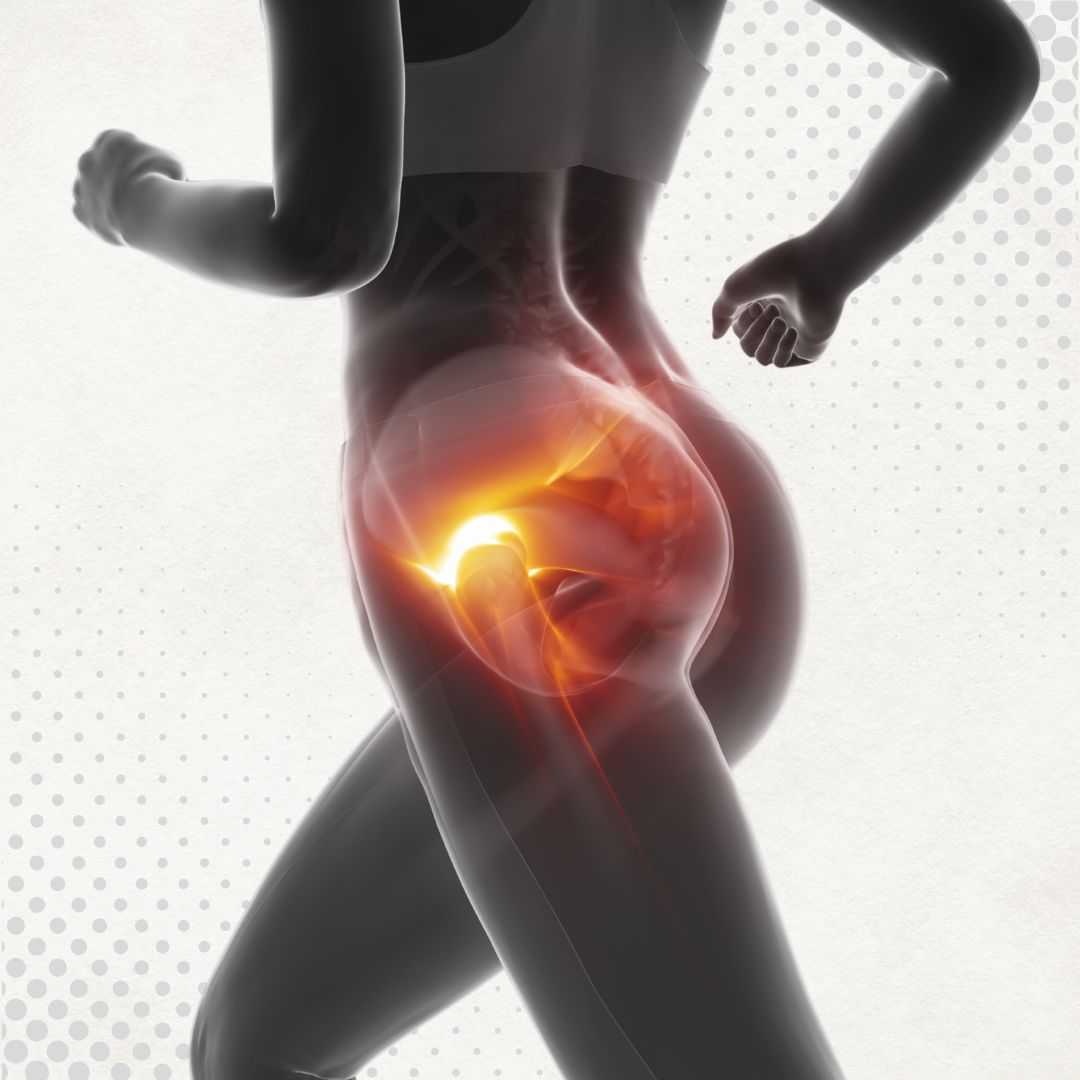



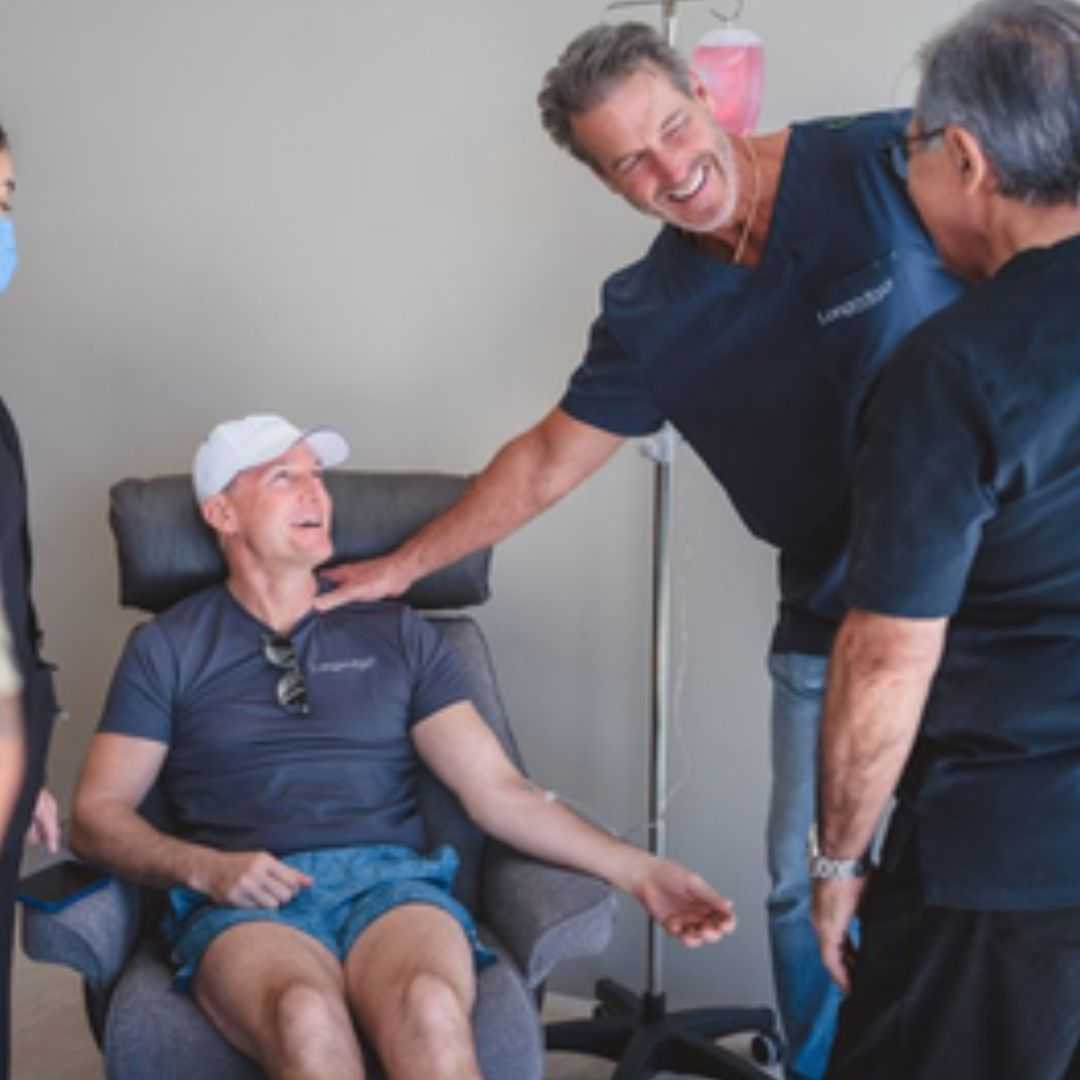

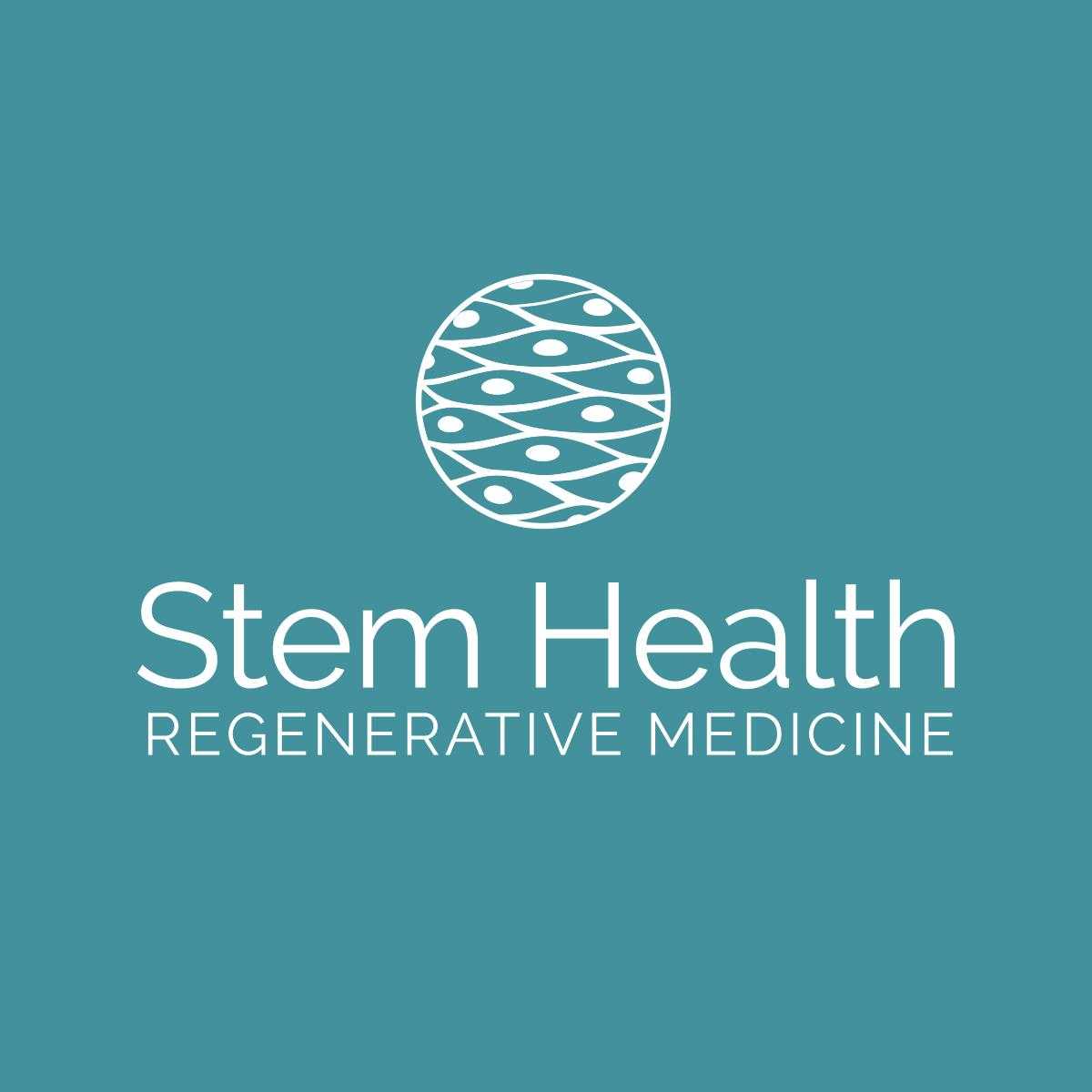
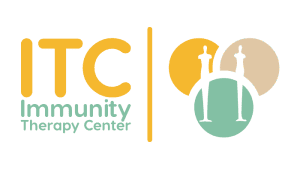
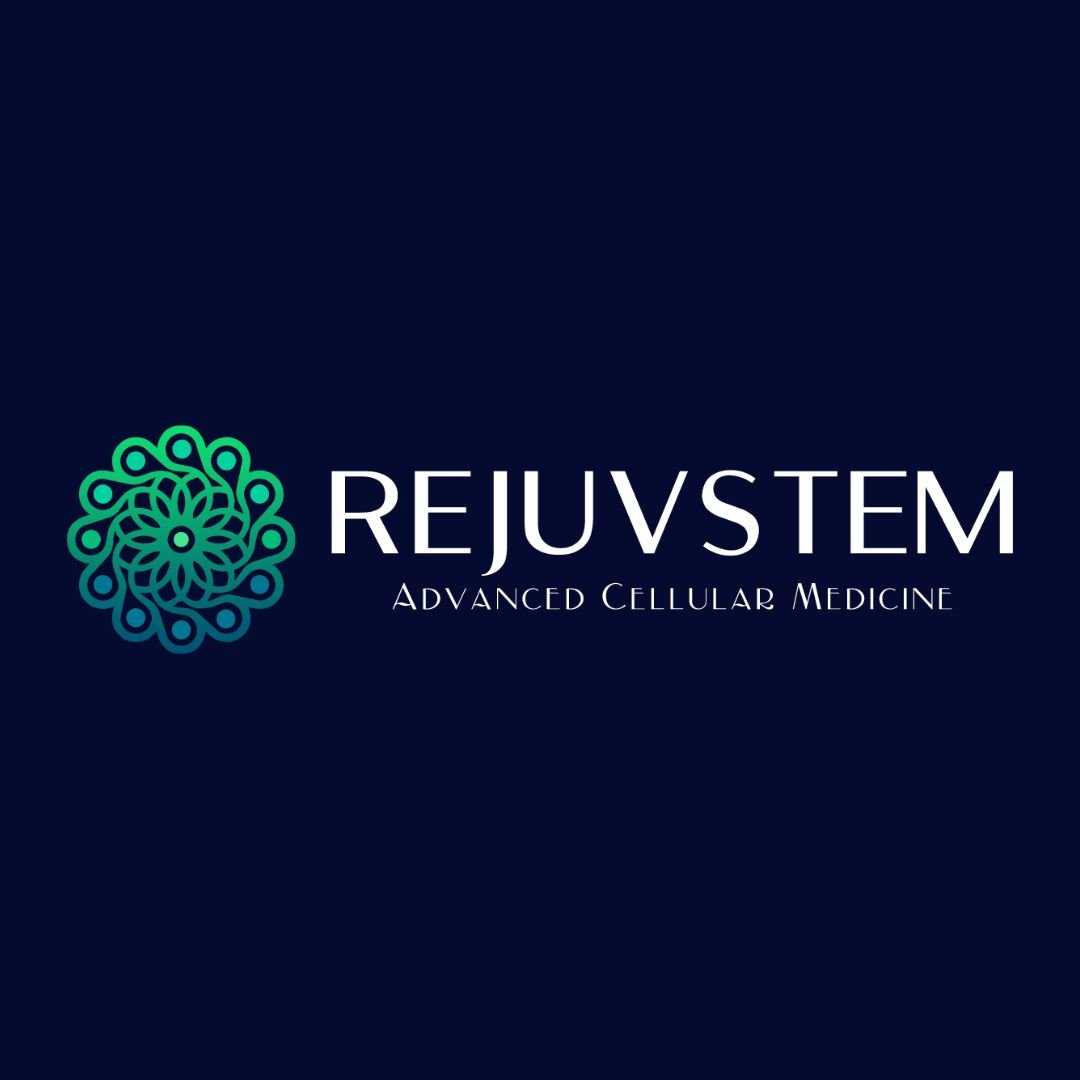


Share this listing